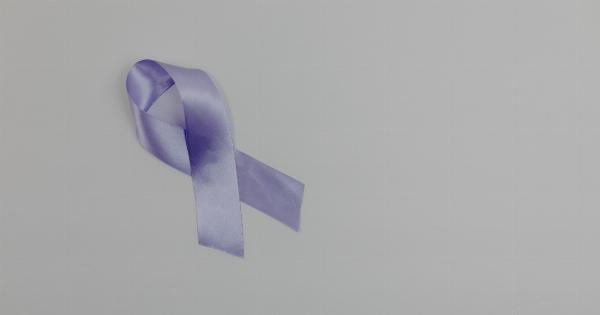Rare diseases are conditions that affect a small percentage of the population. According to the World Health Organization, a disease is considered rare if it affects fewer than five in 10,000 people.
There are over 7,000 rare diseases, and together they affect over 400 million people worldwide.
What is World Day of Rare Diseases?
World Day of Rare Diseases is observed on the last day of February each year. The day was first observed in 2008 and is intended to raise awareness about rare diseases and their impact on patients and their families.
The theme for World Day of Rare Diseases changes every year, and the day is marked by a variety of events and activities around the world.
The Importance of Raising Awareness
Rare diseases are often misdiagnosed or undiagnosed, and patients can go years without receiving the appropriate treatment or support.
Raising awareness about rare diseases is important because it can help improve the lives of people affected by these conditions. Awareness can lead to earlier diagnosis, better access to treatment, and improved support services.
Unite for Rare
Unite for Rare is a global movement that aims to raise awareness about rare diseases and improve the lives of people affected by these conditions.
The movement brings together patients, families, healthcare professionals, researchers, and advocates to work together towards a common goal.
The Goals of Unite for Rare
The goals of Unite for Rare are to:.
- Raise awareness about rare diseases
- Empower patients and their families
- Improve access to diagnosis and treatment
- Accelerate research into rare diseases
- Advocate for the needs of people affected by rare diseases
How to Get Involved
There are many ways to get involved with Unite for Rare and support people affected by rare diseases:.
- Participate in World Day of Rare Diseases activities and events
- Join a patient organization or advocacy group
- Share your story or the story of someone you know who is affected by a rare disease
- Donate to rare disease research or support services
- Volunteer your time to help people affected by rare diseases
Examples of Rare Diseases
There are over 7,000 rare diseases, and they affect people of all ages, races, and genders. Some examples of rare diseases include:.
- Cystic fibrosis
- Huntington’s disease
- Muscular dystrophy
- Narcolepsy
- Sickle cell anemia
- Tourette’s syndrome
The Needs of Rare Disease Patients
People affected by rare diseases often face a range of physical, emotional, and financial challenges. Some of the unique needs of rare disease patients include:.
- Access to specialized medical care and treatments
- Support for mental health and emotional well-being
- Financial assistance for medical treatments and expenses
- Help navigating the healthcare system
- Opportunities to connect with other patients and families affected by rare diseases
The Future of Rare Diseases
Advances in technology and research are helping to improve our understanding of rare diseases and develop new treatments.
However, there is still a long way to go in terms of improving diagnosis, treatment, and support for people affected by rare diseases. By working together as a global community, we can make a difference in the lives of millions of people around the world.
Conclusion
World Day of Rare Diseases is an opportunity to unite and raise awareness about these conditions and the needs of patients and their families.
By working together, we can help improve the lives of people affected by rare diseases and support the development of new treatments and research into these conditions.






























